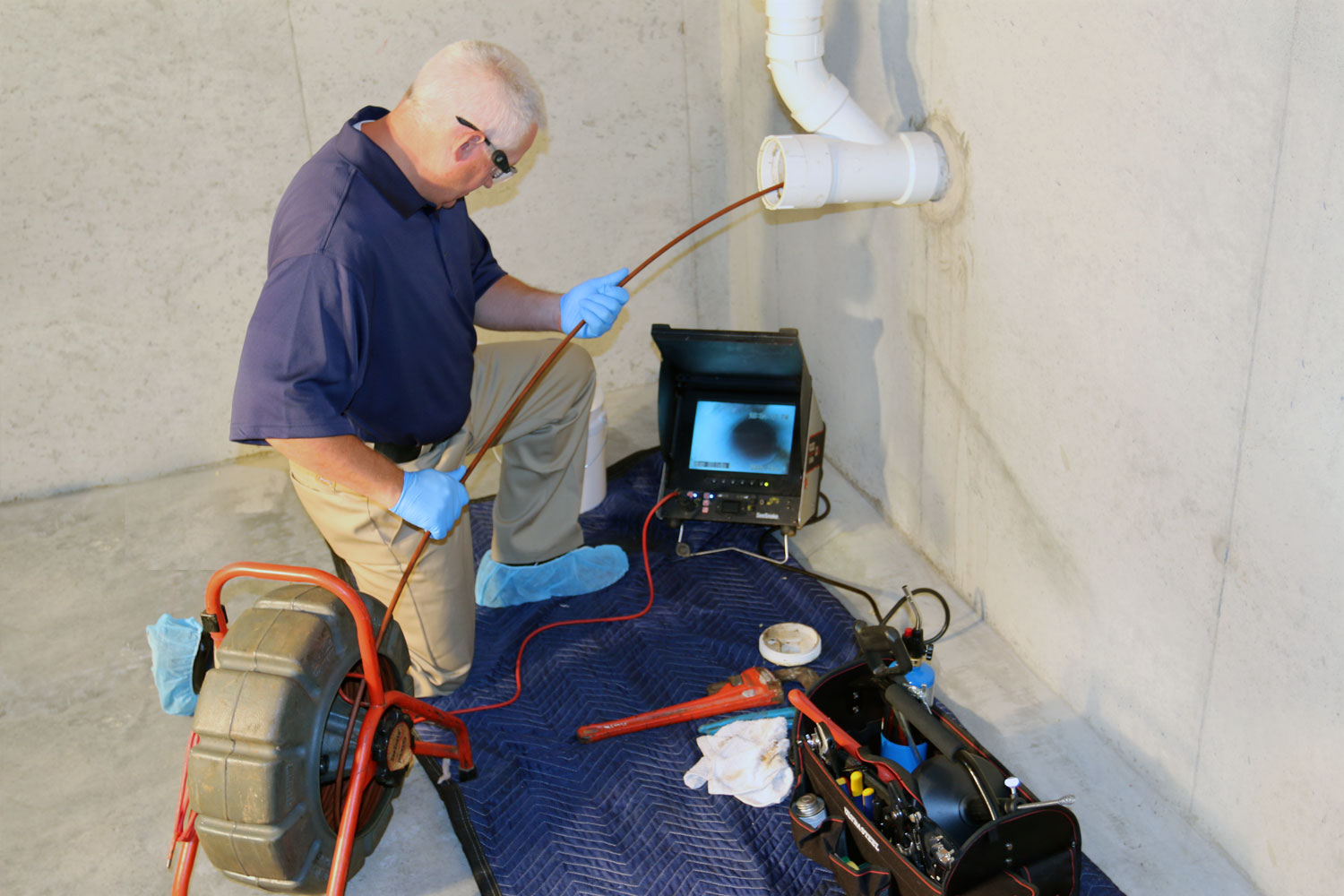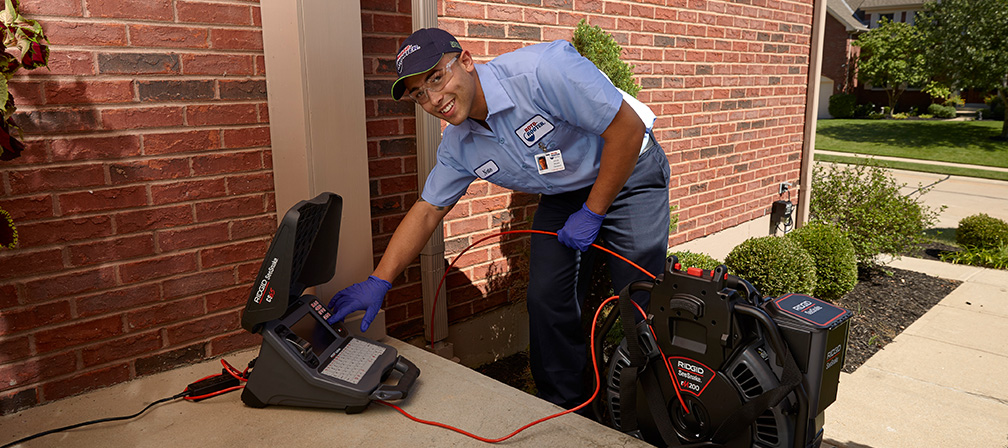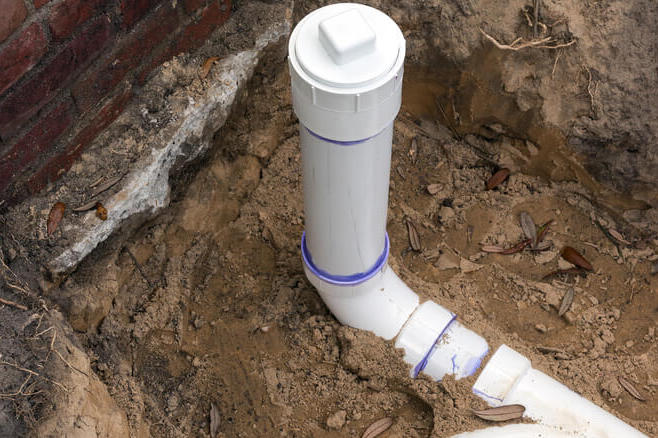Understanding the Process of Sewer Line Inspection CT: A Step-by-Step Overview.
Understanding the Process of Sewer Line Inspection CT: A Step-by-Step Overview.
Blog Article
Common Sewer Line Problems and Their Solutions: A Homeowner's Manual

Tree Root Intrusions
Tree root breaches are a substantial and common issue affecting drain lines. Drain pipelines, particularly older ones made of clay or various other porous products, give an appealing target.
Very early detection is essential in mitigating the impact of tree origin intrusions. Normal assessments making use of camera innovation can recognize origin visibility before it becomes a severe trouble. When spotted, there are several methods to attend to the issue. Mechanical augers or rooter services can reduce via the roots, offering a temporary solution. However, for an extra permanent service, chemical root killers can be put on prevent further development within the pipelines. In severe cases, pipe relining or replacement might be required to bring back the stability of the sewer line.
Implementing safety nets, such as growing trees away from drain lines and making use of root barriers, can minimize the danger of future breaches, thus protecting the performance of your drain system.
Pipeline Rust
Rust in sewage system pipes is a common problem that can seriously compromise the stability and functionality of a drain system. Usually taking place in steel pipelines, such as cast iron or galvanized steel, deterioration outcomes from extended direct exposure to dampness, chemicals, and other harsh agents discovered in wastewater. Over time, this procedure compromises the pipeline wall surfaces, resulting in leakages, breaks, and eventually, pipeline failure.
The primary kinds of pipe corrosion consist of consistent rust, where the whole surface area of the pipe corrodes evenly, and local corrosion, such as matching or gap rust, which affect certain areas of the pipeline. Identifying the early signs of rust, such as stained water or unusual smells, is crucial for prompt intervention.
Stopping pipeline deterioration entails routine upkeep and assessments. Applying safety finishings, utilizing corrosion-resistant products like PVC or polyethylene, and mounting cathodic security systems can dramatically extend the life-span of sewer pipes. In situations where deterioration is already extensive, trenchless pipe rehabilitation techniques, such as pipeline cellular lining or pipeline bursting, deal efficient remedies without the requirement for considerable excavation. Ultimately, proactive monitoring and prompt repair services are vital to mitigate the destructive impacts of pipe rust on drain systems.
Obstructions and obstructions
Obstructions and clogs are amongst the most disruptive and typical concerns impacting drain lines. These obstructions can emerge from a variety of sources, including the build-up of particles such as grease, food, and hair bits, along with the invasion of tree roots looking for dampness. With time, these materials build up, tightening the pipeline and at some point leading to finish clogs that can trigger wastewater to support right into homes.
Safety nets are essential for mitigating the threat of clogs. Routine maintenance, such as routine hydro-jetting and using enzyme-based cleansers, can aid keep pipes free from particles. Property owners should also bear in mind what they get rid of down their drains pipes; staying clear of grease, coffee premises, and coarse vegetables can dramatically reduce the probability of browse around this site obstructions.
When obstructions do happen, specialist intervention is often required. Plumbers might employ a variety of tools, such as augers (additionally understood as drainpipe serpents) and high-pressure water jets, to separate and remove the blockage. In more serious situations, video clip evaluation devices can be used to locate and detect the trouble, making sure that the ideal solution is applied efficiently. Normal inspections and prompt treatments can aid maintain the integrity and functionality of sewage system lines.
Leaking Sewage System Lines
Beyond obstructions and clogs, dripping sewer lines provide a significant concern for homeowners and districts alike. These leakages can result from numerous aspects, consisting of pipe rust, shifting soil, intrusive tree origins, and damage gradually. Left unaddressed, dripping sewer lines can cause considerable residential property damage, advertise mold and mildew development, and pose severe health risks due to the contamination of groundwater and dirt.

Repair techniques depend on the extent of the leakage and the problem of the sewer line. Small leakages might be settled with trenchless repair service strategies, such as pipeline lining or pipe bursting, which are less intrusive and quicker to finish.
Sewage System Line Bellies
When it comes to drain line issues, one particularly difficult issue is the formation of Home Page drain line stubborn bellies. A drain line tummy occurs when an area of the pipeline droops or dips, producing a reduced spot where waste and debris can accumulate. This can bring about slow drain, reoccuring clogs, and prospective damage to the pipe gradually.
The reasons for sewage system line bellies are varied. Poor setup practices, dirt disintegration, ground settling, or shifts because of temperature modifications can all add to the formation of these sags - sewer line inspection ct. Recognizing a sewage system line stubborn belly typically requires a professional assessment using a sewage system electronic camera to identify the specific area and extent of the trouble
Resolving a sewer line belly frequently includes investigate this site excavation to reach the affected pipeline section. As soon as accessed, the drooping section might require to be replaced or repositioned to make certain correct slope and water drainage. In many cases, trenchless repair work methods, such as pipeline lining or pipe bursting, can be employed to reduce interruption while dealing with the issue.
Preventative steps, consisting of normal evaluations and guaranteeing correct installation, can assist mitigate the risk of drain line stubborn bellies. Property owners need to continue to be vigilant for signs of drain problems and seek professional support at the first indication of problem.
Conclusion
In final thought, dealing with common sewer line issues such as tree origin invasions, pipeline corrosion, obstructions, leaking drain lines, and drain line stubborn bellies is necessary for keeping a effective and practical system. Early detection through video evaluations and the execution of both temporary and long-term services can alleviate these concerns effectively. Regular upkeep methods, including strategic and hydro-jetting tree placement, further add to the avoidance of these issues, thereby making certain the long-lasting stability of sewer systems.
Rust in sewer pipelines is a prevalent concern that can seriously compromise the honesty and capability of a sewer system.When it comes to sewage system line issues, one especially difficult trouble is the formation of sewage system line tummies. A drain line stubborn belly occurs when a section of the pipe droops or dips, developing a low spot where waste and debris can collect. Determining a sewage system line stomach normally needs a specialist evaluation making use of a sewage system electronic camera to pinpoint the precise location and degree of the issue.

Report this page